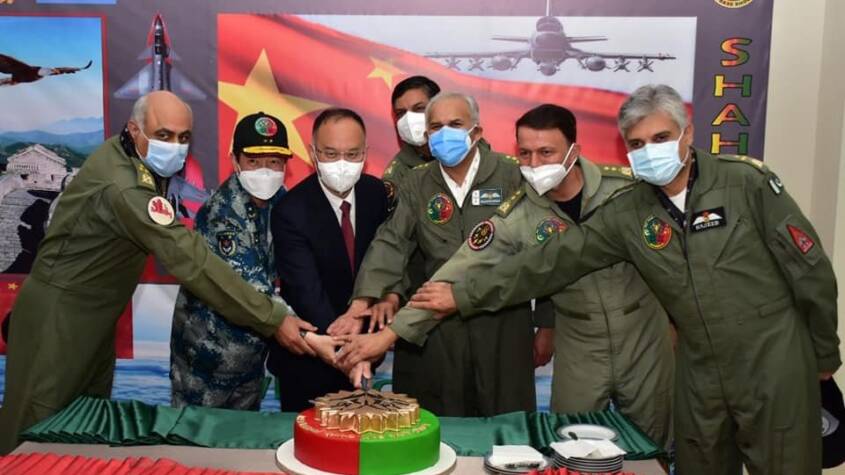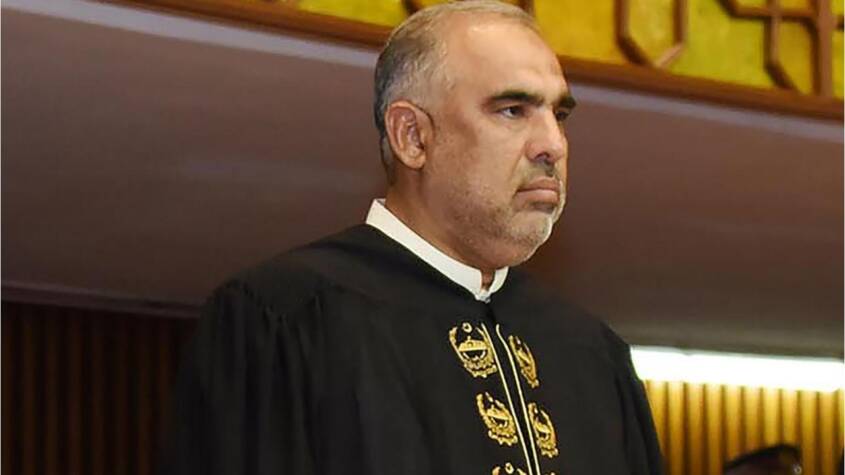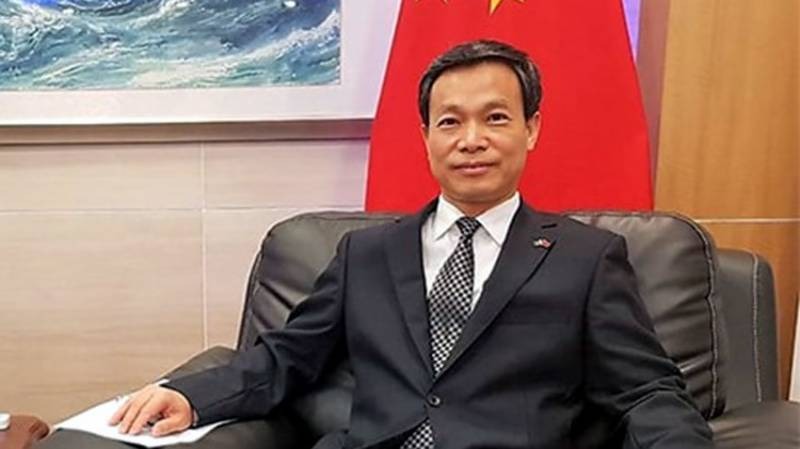Lintan’s historic tug-of-war unites ethnic communities, bringing together tens of thousands of participants from Han, Hui, and Tibetan communities.
As the Lantern Festival of the first Chinese lunar month draws near, 63-year-old Hui elder Ma Baorui eagerly joined the crowd in Lintan County, Gansu province, where a centuries-old, cross-ethnic tug-of-war tradition was about to unfold. The event, featuring an 1,800-meter-long steel rope, has been a significant cultural practice for over six centuries.
“In this grand tug-of-war, a single steel rope is pulled by tens of thousands of participants, divided into two teams,” Ma explained, reminiscing about his last participation 17 years ago.
The Lantern Festival celebrations, spanning from the 14th to the 16th day of the first Chinese lunar month, feature three rounds of the tug-of-war each night. People from various ethnic backgrounds, including Han, Hui, and Tibetan communities, compete on opposite sides of the massive 16-tonne rope.
The event officially begins at 9 p.m., following the ignition of firecrackers, as tens of thousands of spectators gather to witness the thrilling contest.
According to Wang Ling, director of the local culture bureau, this tug-of-war originated over 600 years ago as a military training exercise. Over time, it has evolved into the most anticipated event of the Spring Festival and Lantern Festival in Lintan County.
Recognized for its deep-rooted cultural significance, Lintan County was officially designated as the “Hometown of Tug of War in China” by the General Administration of Sport in 2008, and in 2021, the tradition was listed as a national intangible cultural heritage.
Home to 15 ethnic groups, including Han, Hui, and Tibetan communities, Lintan County has a total population of 160,000, with ethnic minorities making up 37 percent of the inhabitants.
On the eve of the competition, locals from diverse ethnic backgrounds take to the streets to admire the long steel rope. Lifting the rope and cheering has become a cherished communal activity, symbolizing unity and festivity.
Among the spectators was 40-year-old Tibetan Wan Macao and her husband, who traveled from neighboring Zhuoni County. “I participated in this tug-of-war more than a decade ago,” she shared. “Lifting the rope feels like raising a dragon’s head, a sign of good fortune for the new year. Even if one lacks the strength to lift it, just touching it brings joy.”
Wang noted that participants are grouped into upper and lower street teams based on their geographical locations, with no restrictions on age or gender. The contest continues until one team fully relinquishes the rope.
Sports have long played a role in fostering ethnic unity in China. Since 1953, the country has organized 12 editions of the National Traditional Games of Ethnic Minorities, expanding from an initial five events to a total of 18 competitive and 170 demonstration events.
Related Posts
China’s 12th Ethnic Minorities Traditional Games Opens in Sanya

















